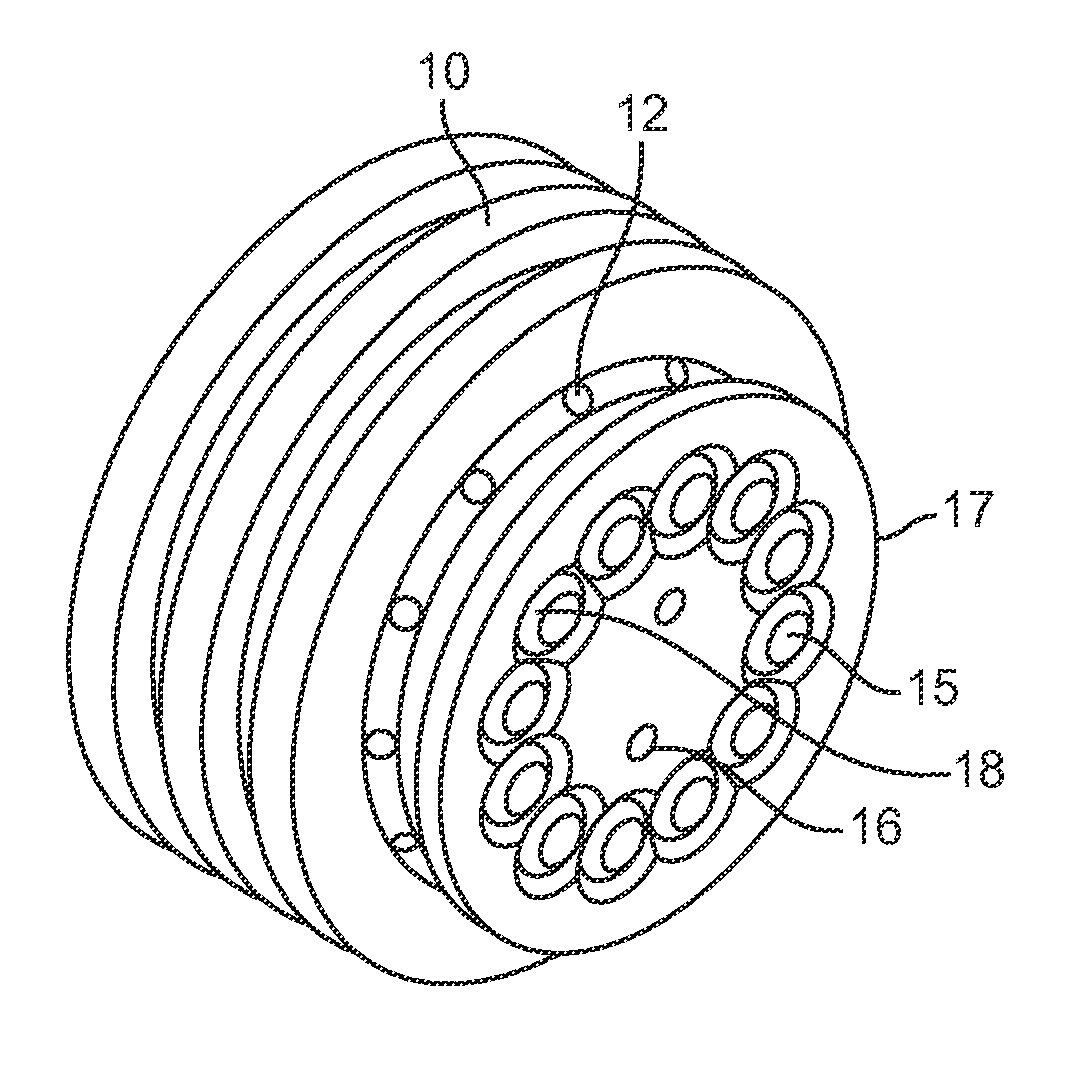Dispense point isolation device
a technology of isolation device and nozzle, which is applied in the direction of liquid dispensing, liquid transferring device, packaging, etc., can solve the problems of affecting affecting the dispensing effect, and presenting its own drawbacks, so as to improve the mixing and dispensing of beverages.
- Summary
- Abstract
- Description
- Claims
- Application Information
AI Technical Summary
Benefits of technology
Problems solved by technology
Method used
Image
Examples
Embodiment Construction
[0038]Embodiments of the invention are generally directed to a beverage dispensing system, and more specifically to beverage dispenser that dispenses multiple differing beverages from a dispenser nozzle. Typically, the beverage dispensing system dispenses multiple differing beverages from a single dispensing nozzle. In an exemplary embodiment, the beverage dispensing system includes a dispensing array, also referred to as a diffuser, through which a base beverage and / or a beverage additive flow, an attached dispense point isolation device that facilitates separate discharge of beverage additives as desired for a particular beverage, and a dispensing nozzle in which the beverage additive and beverage base are mixed into the desired beverage, the desired beverage often being selected by a user. The dispense point isolation device is configured to “isolate” a beverage additive at the point of discharge into the dispense nozzle so as to inhibit cross-contamination and color-carryover be...
PUM
 Login to View More
Login to View More Abstract
Description
Claims
Application Information
 Login to View More
Login to View More - R&D
- Intellectual Property
- Life Sciences
- Materials
- Tech Scout
- Unparalleled Data Quality
- Higher Quality Content
- 60% Fewer Hallucinations
Browse by: Latest US Patents, China's latest patents, Technical Efficacy Thesaurus, Application Domain, Technology Topic, Popular Technical Reports.
© 2025 PatSnap. All rights reserved.Legal|Privacy policy|Modern Slavery Act Transparency Statement|Sitemap|About US| Contact US: help@patsnap.com



